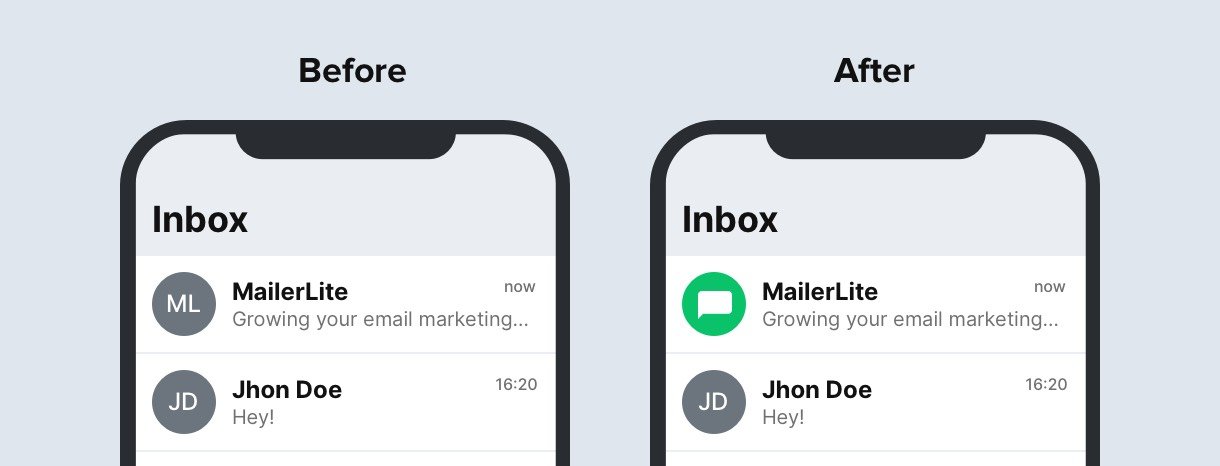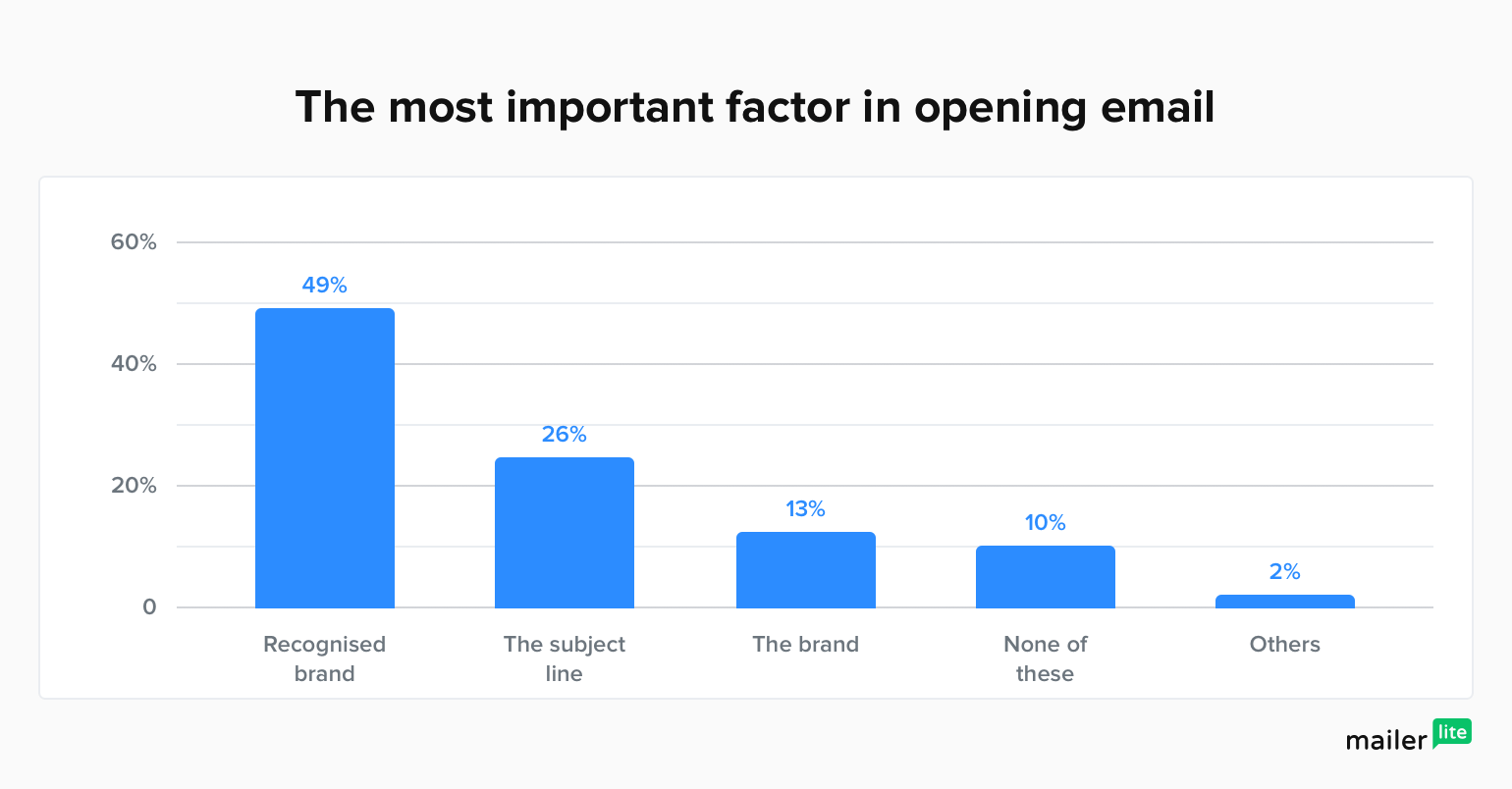What is BIMI? Learn about the email deliverability standard

Email is the heart of a business and the heart of its brand identity. There’s no shortage of what email is used for today.
While email marketing campaigns reign supreme, there’s always room for improvement—especially around email deliverability.
Email deliverability improves when you increase open rates, and lift engagement with your messages.
One of the most effective ways of doing this is to start using the BIMI standard (Brand Indicators for Message Identification). This is a relatively new system that helps you achieve better brand identification in your emails, and also provides a secure email authentication standard for your messages. Don’t worry! BIMI is easily enabled in the best email clients and marketing software. In this guide, we'll tell you everything you need to know about how to use it.
What is BIMI?
Brand Indicators for Message Identification is a mouthful but the way in which the system works is quite simple.
When a customer receives an email, their email provider will check whether it has been authenticated. Up until now, there have been three popular methods for doing this: SPF, DKIM, and DMARC. Each of these methods relies on a text record that is stored on your email servers, and each allows a recipient to check that an email message was sent by a trusted sender.

BIMI works in much the same way by allowing you to prove that you are the sender of a message. This can help prevent fraud, but also improves the deliverability of your email messages. Without email authentication, your emails might end up in your recipient’s spam folder.
BIMI also has one major advantage over these earlier standards. It improves user experience, and allows you to display your company logo in supported inboxes. This puts your brand logo front-and-center in your email users’ inboxes and helps you to ensure brand consistency across all of your marketing.
Which mailbox providers support BIMI?
BIMI is still a relatively new standard, and mailbox providers are still in the process of adding support for it. However, the BIMI working group is partnering with mailbox providers to increase adoption rates. The number of companies who have support for the standard is increasing every day.
The first company to add support for the BIMI standard was the Verizon Media Group, which includes Yahoo Mail and AOL. In just the last few months, Google announced that they will soon support the standard in Gmail, and Comcast are working toward compatibility.
Even if your email client is not on this list, that doesn’t mean you shouldn’t put BIMI support in place. The standard will undoubtedly become standard across all popular email providers in the next few years. By adopting it now, you are not only getting ahead of the game, but you're also showing your customers that you are one of the most innovative companies out there.
Why is BIMI important?
BIMI is important for two reasons. It improves email delivery when conducting outreach, helping you to get your emails in front of your email users and improving your open rates. Secondly, having your logo in your customers’ inbox improves brand visibility in email marketing campaigns.

For some (misguided) marketers, the idea of improving email campaigns might seem a little outdated. Surely, in 2020, social media marketing is far more important than email?
Well, no. Email is still the gold standard for customer communication because it remains the most trusted medium. Email marketing services provide numerous benefits including a very high ROI of roughly $44 for every dollar invested, versatility when it comes to communication, and a direct connection with consumers to make it easier to engage leads.
We’ve written about how to avoid spam filters and the BIMI standard is an important part of that, as well as improving user experience. Let’s look at how you can use it.
Using BIMI: The basics
Setting up BIMI is fairly straightforward. The system relies on a simple text file that is hosted on your servers, and this text file follows a specific format. When a message is delivered, your recipients’ email service looks up this file, verifies that you are the sender, and then pulls your logo into the inbox.
In order to use BIMI, you will need three things:
You will first need additional email authentication records set up, including SPF, DKIM, and DMARC because BIMI builds on these earlier standards.
You will need access to your domain name servers in order to make a new BIMI DNS entry.
You will need an SVG file of your logo.
Once you have these three factors in place, you can follow this great guide that Agari, one of the authors of the new standard, put together. This will show you how to create your BIMI file, and how to make sure your logo is accessible.
Ensuring email deliverability for established brands
Improving email deliverability is an ongoing process, and it can be a complex one. However, there are some easy gains to be made as evident in multiple case studies. Most spam filters—and especially those running on corporate servers—will automatically mark unauthenticated emails as spam. This makes BIMI a critical part of your marketing, and especially your B2B marketing.
BIMI for startups
For startups, BIMI provides other advantages. One of the most difficult tasks facing new businesses is to ensure that brand logo and identity is consistent across multiple marketing channels, including not only email but also social media and blogging platforms. BIMI represents a key tool for ensuring that your email users are instantly able to recognize who an email is from, improving user experience, and to begin to build a relationship with your brand.
Because of this, it's crucial that startups build BIMI functionality into their email marketing campaigns from the very beginning. Ideally, this should be done alongside investment in a high-quality email marketing system that will also allow you to build professional and beautiful emails alongside your authentication standards.
Email marketing is the backbone of successful brand communications, even for the most tech-savvy startups, and should be put in place long before you start researching other marketing channels.
BIMI: More than just a marketing tool
As a marketer, you can’t afford to ignore BIMI. Email is still the best bet for external communications, and BIMI can dramatically improve the efficacy of your email campaigns. In addition to improving deliverability and brand recognition, the new standard is important because it directly contributes to the most important part of your marketing practice: trust.
Effective branding relies on your ability to build a relationship with your customers. This is as true for your email marketing as any other channel. You should use every tool at your disposal to increase the trust of your customers, and the authentication that BIMI offers is a crucial tool in doing that.

Nahla Davies is a software developer and tech writer. Before devoting her work full time to technical writing, she managed—among other intriguing things—to serve as a lead programmer at an Inc. 5,000 experiential branding organization whose clients include Samsung, Time Warner, Netflix, and Sony.